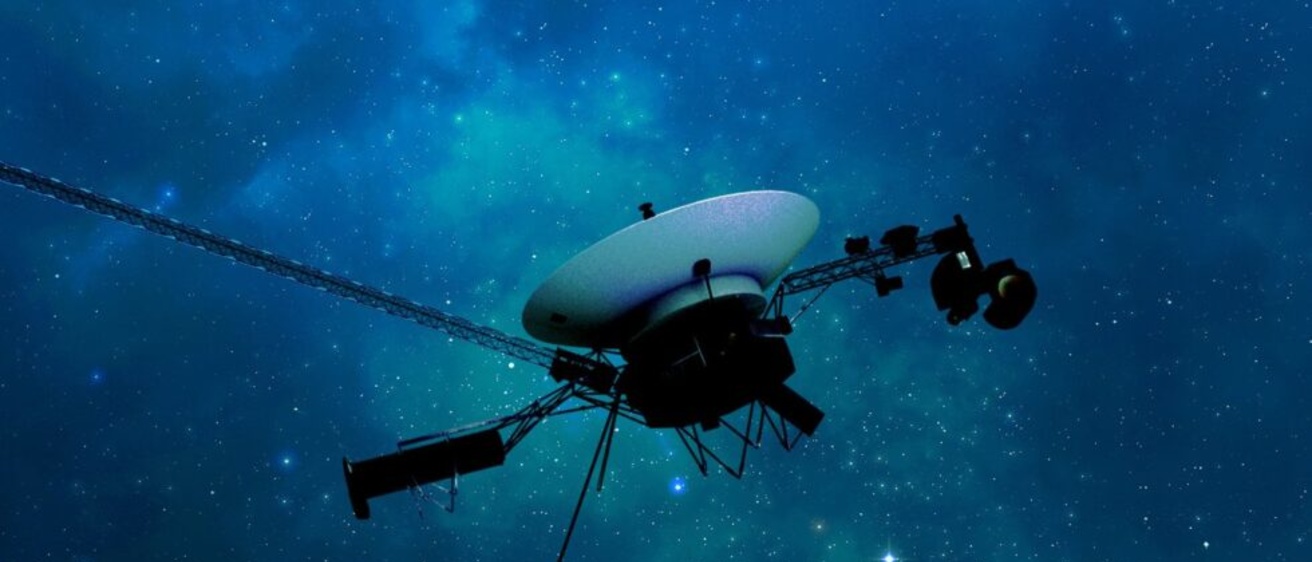When the loneliest spacecraft in the universe suffers a glitch, it is not just a case of switching it off and on again.
Voyager 1 - which in 2012 became the first human-made object to leave the Solar System - fell silent in November, meaning no science or engineering data was being sent back to Earth.
The probe was relaying crucial data about the ‘stuff between the stars,’ and the sudden loss of contact left Nasa stumped.
The spacecraft is 15 billion miles away speeding along at 32,000mph, meaning any commands sent from mission controllers take 22.5 hours to reach the little probe, and once they arrive, the engineering team must wait the same time again for a response.
To make matters worse, Voyager 1 was built in the 1960s and 1970s, meaning experts had to trawl the archives for decades-old paper documents written by engineers who had never anticipated the problems, or even knew the probe would travel so far.
But this week Nasa’s Jet Propulsion Laboratory (JPL) announced Voyager was operational again after receiving history’s most impressive and long-distance software patch.
Bill Kurth, Research Scientist at the University of Iowa who has been a member of the Voyager science team since 1974, told The Telegraph: “We were all ecstatic to re-establish two-way communications with Voyager 1.
“The Voyager team at JPL has performed a miracle in recovering this magnificent explorer, making ongoing scientific discoveries possible.
“Now, we look forward to seeing the flow of scientific data from Voyager 1 in the coming weeks.
Read the rest of the article here: https://www.msn.com/en-gb/news/world/nasa-engineers-bring-voyager-1-back-to-life-after-interstellar-glitch/ar-AA1nLoI5
Kurth was also interviewed about Voyager on KWWL-TV : https://www.kwwl.com/news/national/iowa-ties-to-voyager-space-mission/article_b22a963c-040b-11ef-9b66-b76e5907be6c.html
